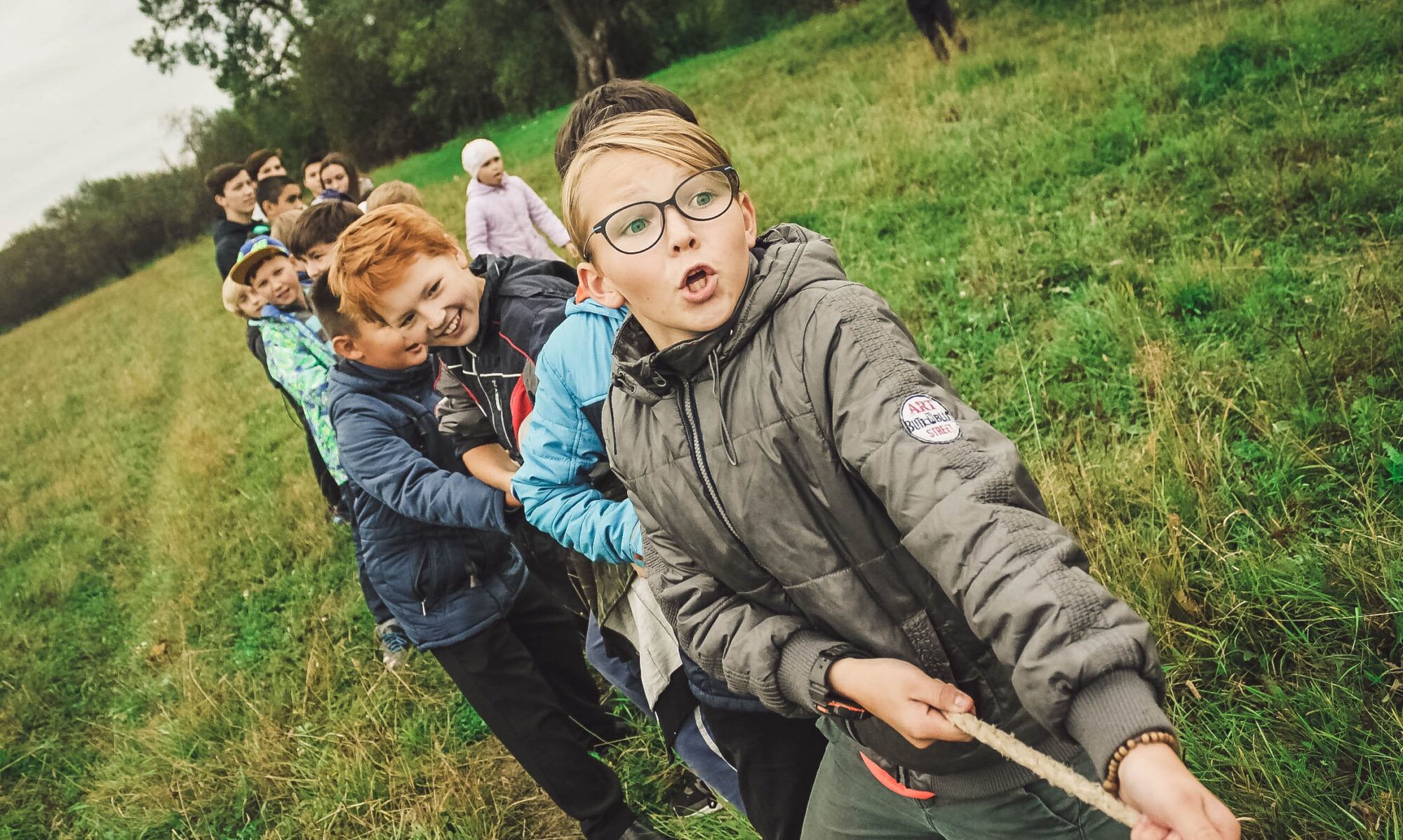Digital peer mentoring at Lamoille South Unified Union School District
As the coordinator for my school district’s full-time virtual option this school year, I knew that I’d be spending much of the year in problem-solving mode, likely for problems I couldn’t even imagine yet. While not every problem has an immediate solution, we have found one simple yet powerful way to move steadily toward solutions: student-to-student mentoring.
How it’s done
Specifically, in our school district we have piloted a virtual mentoring program that pairs high school student volunteers with full-time virtual students in lower grades for twice-weekly sessions on Google Meet.
The setup is easy: several pairs of students meet simultaneously while a teacher is on the line, muted and camera off, supervising the interactions and available if the need arises. After each week’s meetings, our high school mentors email the student’s advisor and academic teachers with updates. They receive feedback from these adults on areas they need to focus on in the next session.
Most of our high school mentors are not in the full-time virtual program themselves, but instead are in a hybrid model that has them in the school building two days per week and remote for three days per week.
We have yet to settle on a satisfying name for the program.
At times I’ve called it “tutoring,” and at other times, “mentoring.” I think the difficulty in settling on a name reflects the wide variety of interactions going on in these sessions.
At the online mentor orientation, we laid out four goals for the sessions:
1. Social-emotional support
Our students are isolated. Especially for younger students without a cell phone or a driver’s license, they are lacking the social interactions that normally happen during a school day. And one or two group Zoom calls a day just doesn’t make up for this.
The relationship between a younger student and older peer mentor is a different one than the student-teacher relationship. The solid one-on-one time with a high school student twice a week can help our younger students feel connected to the world outside of their homes, as well as giving them someone trusted with whom they can share the difficulty of getting through the pandemic.
To build this relationship, our high school volunteers will play video-chat-friendly games, such as online Pictionary, or come ready with a fun joke or puzzle to share at the beginning of the session.
2. Developing executive functioning skills
The demands of virtual learning on students’ executive functioning skills are extremely high. Students must manage their own time, prioritize tasks, and stay focused in order to succeed.
Younger students without an adult available at home to help teach these skills struggle immensely to meet these demands. High school students have had to practice these skills throughout their K-12 schooling. With some coaching, our high school volunteers can pass on developmentally-appropriate, bite-sized versions of these skills to younger students.
We have all mentors work with their students on building a personalized weekly schedule using a template, as well as preventing overwhelm by identifying the “next action” that needs to be done for each content area. Many of our mentors have also coached students through emailing teachers to clarify assignment guidelines.
3. Academic Support
Students’ academic needs vary widely, but one concern that keeps resurfacing in virtual learning is reading comprehension. In any online platform, there is a great deal of reading necessary to navigate and understand the instructions for asynchronous learning. In addition, teachers present much of the learning material across content areas in written form.
For students who struggle to read at grade level, the weakness in reading begins to affect their retention of new learning across subject areas.
For students who are struggling to comprehend and make meaning from written material in their online courses, our high school mentors will use a variety of strategies to work through the text with them: having the student share their screen and taking turns reading aloud, pausing and asking questions at different points in the text, modeling how to look up unknown words, etc.
4. Alert system
Without seeing students in person each day, we as a school system lose many contact points that could give us important information about a student. From small things like noticing a child is without a warm jacket, to larger, more serious things like concerns about physical abuse, we worry about how much we just don’t see when students are not at school.
Our high school mentors, who get a full 60 minutes of one-on-one time with students each week, serve as an extra set of eyes and ears to alert the adults to potential problems or concerns. Students are often more comfortable turning on their cameras with a mentor. This ultimately gives us a better idea of that student’s learning environment through the mentor’s feedback.
Students rise to the challenge
Our high school students are an amazing resource, and their maturity and care in working with younger children this semester has been an inspiration and an enormous help for our virtual teachers. I’m sure some of our readers will be curious about specifics with regard to how we identified students in need of mentoring, recruited and trained mentors, and structured the work.
What makes it work?
There are a few key elements I’d like to share with other teachers and school leaders who are looking to implement a similar idea:
- When considering which students would benefit from mentoring, we first identified students who were struggling academically, and then spoke with parents about the program. Parental understanding and consent for the mentee’s participation is key, as the sessions will be happening essentially in their home.
- To recruit mentors, we emailed the student body at both high schools in our district, Stowe High School and Peoples Academy High School, offering community service hours (a graduation requirement) for their time. We had a familiar adult from each building be the one to email their own school’s students, hoping this would increase response. In a year when many community service opportunities are unavailable due to the pandemic, students were eager for the opportunity. We had more volunteers than we could use!
- We provided an initial 45-minute training to the high school volunteers, available on two different days when students would all be remote. The training, developed collaboratively between Peoples Academy school counselor Lindsey Yablonowski and myself, covered the goals of the program, principles of confidentiality, and strategies for working with students.
- For the first three weeks (six meetings), we designed “agendas” for tutors to use to guide their work. These were essentially lesson plans, but we allowed tutors flexibility in how closely they followed the agendas. Elements of the agendas were connected to the four goals of the sessions outlined in the training. After the first six meetings, mentors generally had a good sense of their students’ needs and were able to continue on from there.
- After the first month, we gathered mentors together for a Zoom meeting to discuss challenges and strategies for working with students in breakout rooms and as a whole group. We plan to continue with several meetings like this in the spring semester.
- In general, the biggest challenge tends to be the younger students not showing up for the sessions. This often corresponds with disengagement from academics in general — less time on the learning management system (LMS), less consistent attendance at class meetings, etc. The mentor’s email letting the adults know that the student missed a session is an effective early alert for us to look at other data points and see if an intervention is necessary.
- Now that we are almost halfway through the year, we are re-evaluating student pairings for the mentoring program, getting feedback through Google Forms from both the younger students and the mentors, and determining which pairs will continue for the spring semester, and which tutors’ time might be better used with a different student.
Can this model work for you?
I hope that by sharing our experience from this year, we can help other schools looking for a simple way to increase student support in these difficult times. This general model and the four focus areas could be adapted to so many school contexts, and it’s something we are hoping to expand and continue beyond this year and beyond the pandemic. In the past, scheduling conflicts and transportation issues thwarted attempts to set up mentoring between school buildings.
One silver lining of these strange circumstances has been to upend all of our assumptions about what school is and where and when it takes place, making room for simple solutions that were, it turns out, right under our noses all along!


